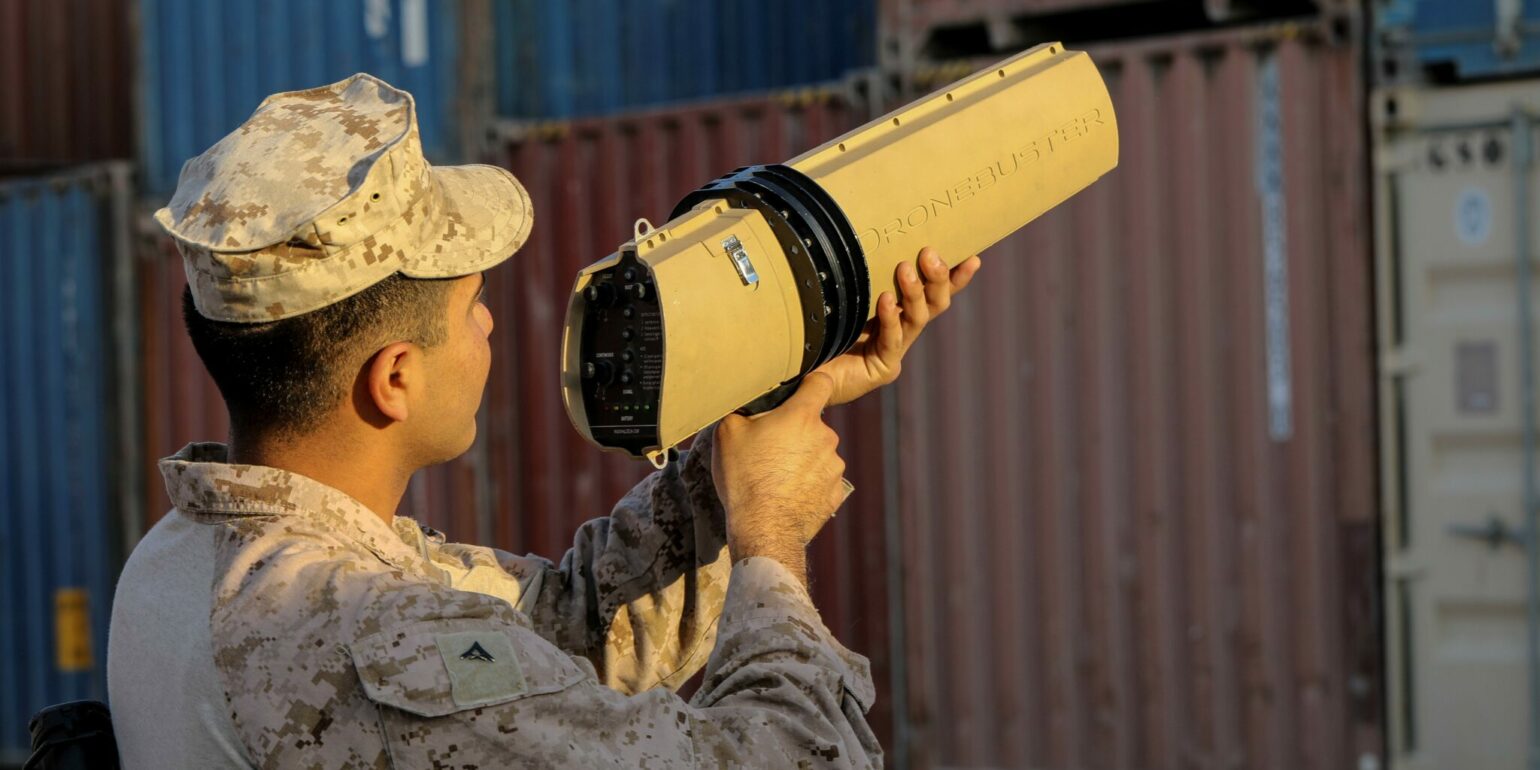Current Counter-UAS Capabilities
The United States and its allies have recognized the growing threat posed by UAS, especially in light of recent conflicts. However, current C-UAS systems are lagging behind the rapid advancements in drone technology. Traditional air and missile defense systems, such as the Patriot missile system, are ill-suited and cost ineffective for countering small, inexpensive drones. The cost disparity between using a multimillion-dollar missile to destroy a $1000 drone shows us the clear inefficiency and unsustainability of current viable approaches.
Drone jamming technology is also becoming a key component of modern military CUAS, designed to disrupt the communication and frequency of hostile UAS. These systems typically employ signal/frequency jammers that emit radio frequencies to interfere with the signals between a drone and its controller, effectively neutralizing potential threats from the air and either causing the drone to land or crash where connection was broken. Military-grade drone jammers can cover a range of frequencies, including GPS, Wi-Fi, and cellular, to ensure comprehensive disruption capabilities. The technology has been integrated into both portable and stationary platforms, allowing for flexible deployment in various tactical environments. As drone threats evolve, the military continuously updates and enhances drone jamming technologies to have a wider and more effective range in order to maintain security and operational effectiveness in our own backyard and allies international airspace.
Right now we are seeing the rapid development of kinetic CUAS systems, traditional weapons like shotguns and 50 cal.’s are now being retrofitted with new CUAS tracking systems that target and locate UAS. Patriots have been deployed as well to take on some of the larger Russian drone variants like the Orion. Raytheon’s Coyote is another example of modern kinetic solutions being used by our military today.
To address these challenges, new C-UAS systems like the acoustic detection & AI dectection nets have been identified as more effective and economical solutions. These systems offer mobile rapid-response capabilities that are better suited to countering the diverse threats posed by modern UAS.
Emerging Technologies and Strategies
As UAS technology continues to advance, the need for innovative and adaptable C-UAS solutions becomes increasingly critical. Future military doctrine and strategies must encompass a range of options to address the varied scenarios in which drones may be deployed:
- Anduril’s kinetic drone strike solution might have a cheap non-variable cost to the frequently built and less robust drones used on the front lines today
- The advent of AI machine learning is further developing with products like Anduril’s lattice, which uses a complex network of sensors and local UAS to identify threats and suggest action
- New Smart-Munitions like those in the works at Northrop Grumman are also a practical and cost-effective solution for CUAS
Effective C-UAS strategies also require robust detection and identification systems. Enhanced infrared and electro-optic sensors are essential for detecting smaller, more numerous drones. The integration of these technologies within NATO’s Combined Arms Approach aims to establish a cohesive framework for detecting, identifying, and defeating UAS threats.
Conclusion
The modern landscape of UAS presents complex and dynamic challenges for military forces. The rapid proliferation and technological advancement of drones necessitate a comprehensive and forward-thinking approach to C-UAS capabilities. By leveraging a combination of kinetic and non-kinetic solutions, alongside robust detection systems, the United States and its allies can enhance their preparedness and resilience against the growing threat of unmanned aircraft systems. As conflicts like the one in Ukraine have shown, the strategic importance of effective UAS countermeasures cannot be overstated.
| C-UAS System | Purpose | |
| Drone Buster | Handheld jammer and EW system | 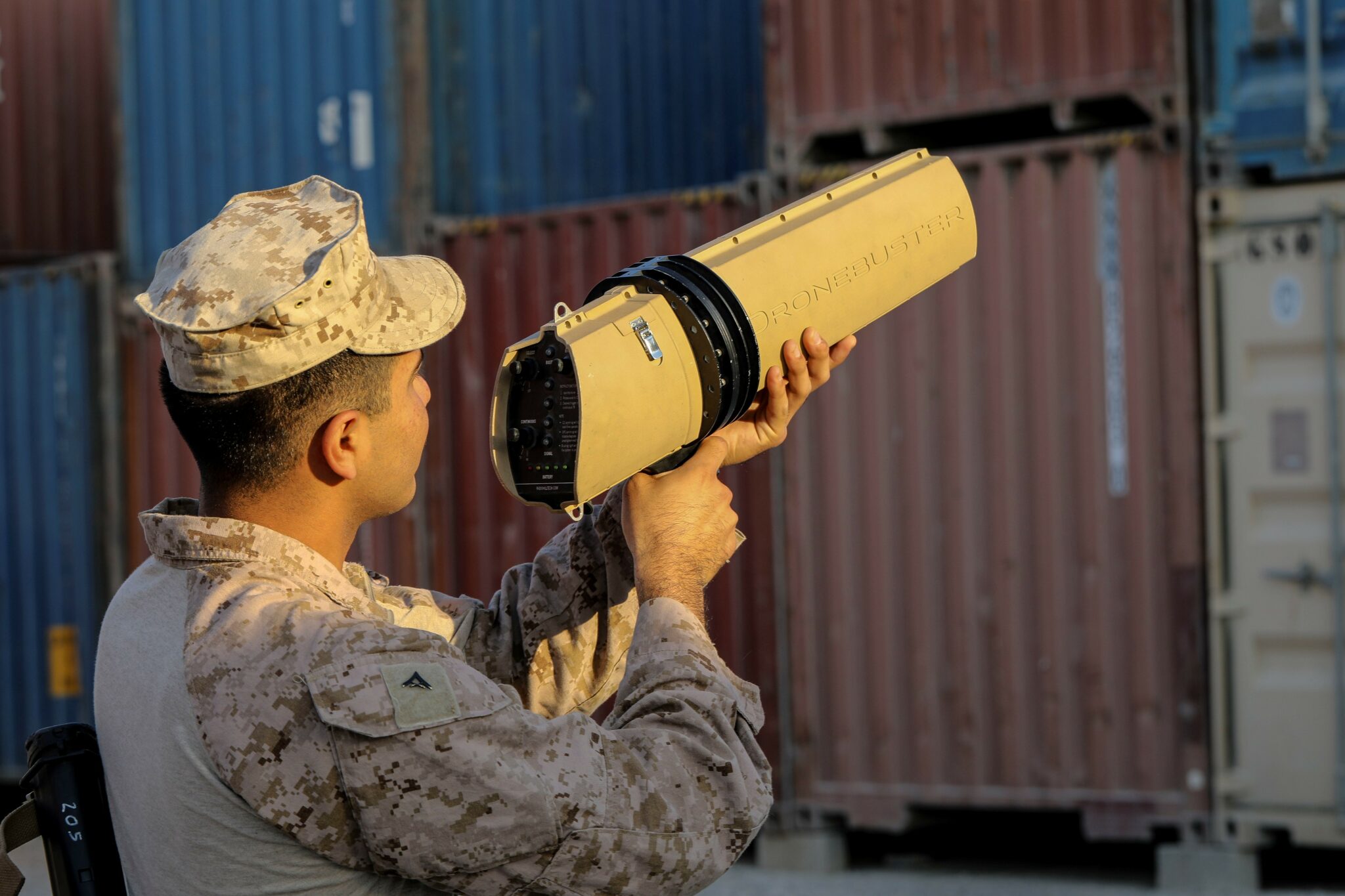 |
| M-LIDS | Electronic warfare & kinetic defeat vehicle | 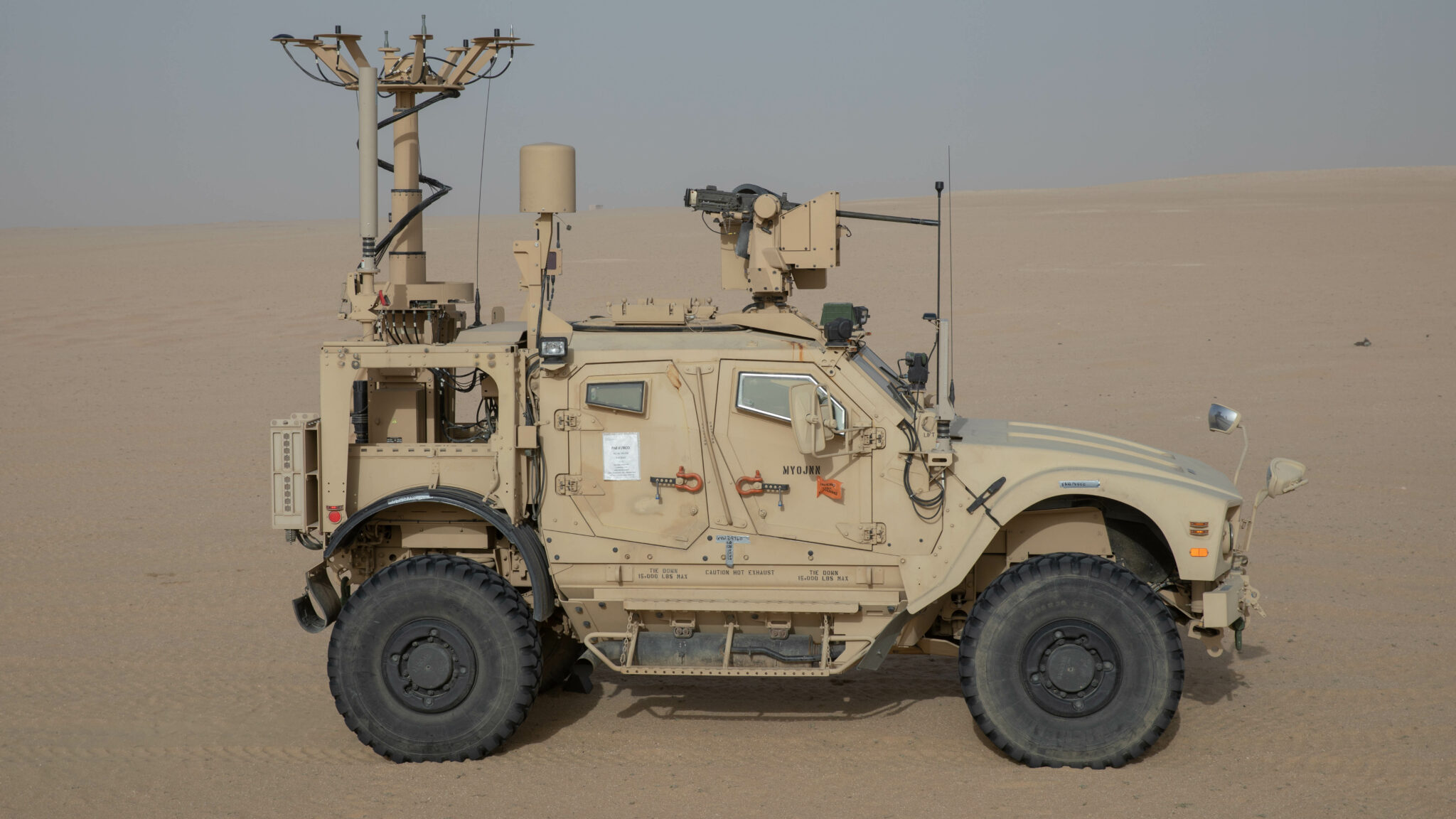 |
| Smart Shooter (SMASH) | Kinetic anti-drone rifle sight for small unmanned targets | 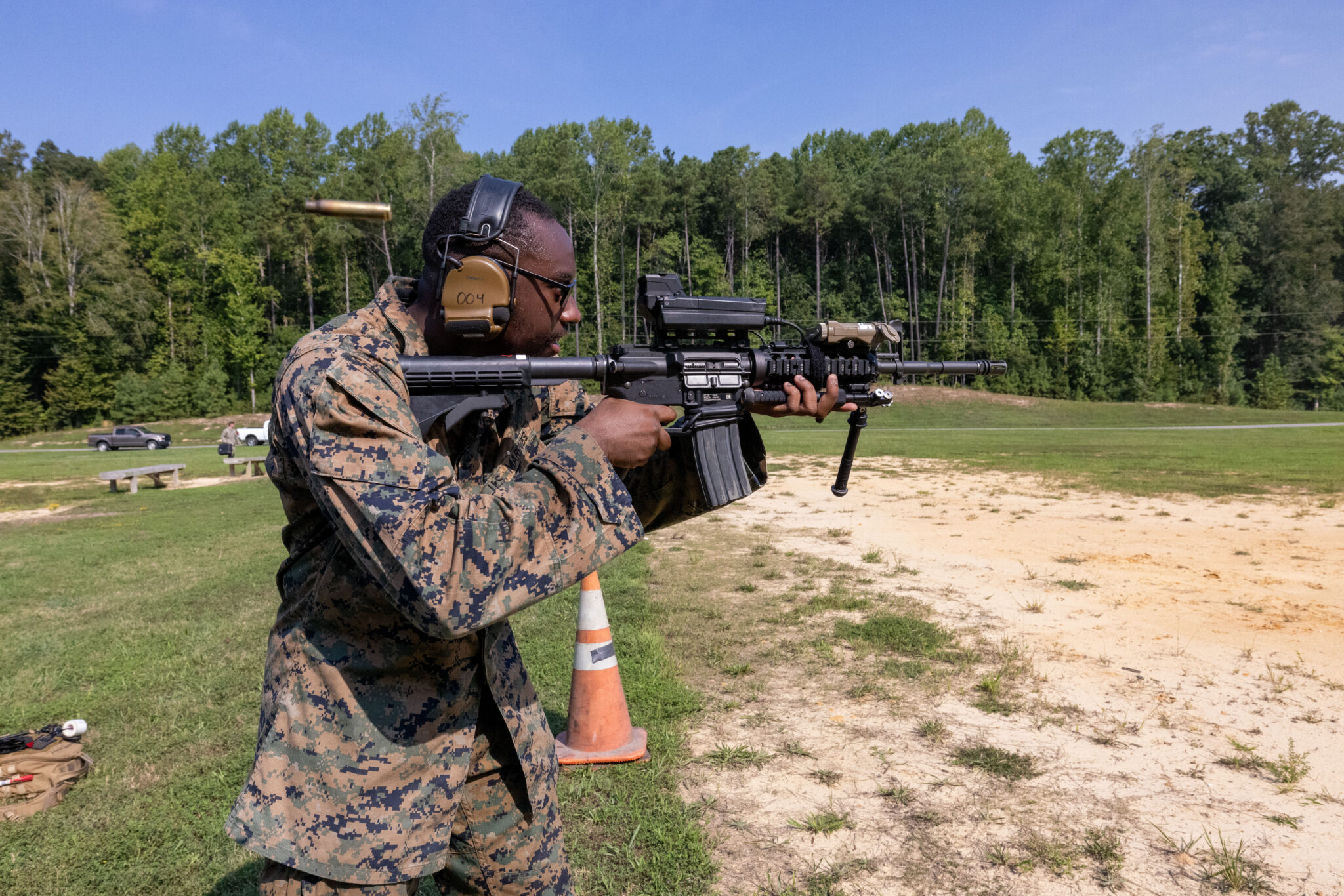 |
| Roadrunner | Kinetic anti-drone mobile EW C2 system |  |
| Coyote Launcher | Mounted kinetic anti-drone launcher | 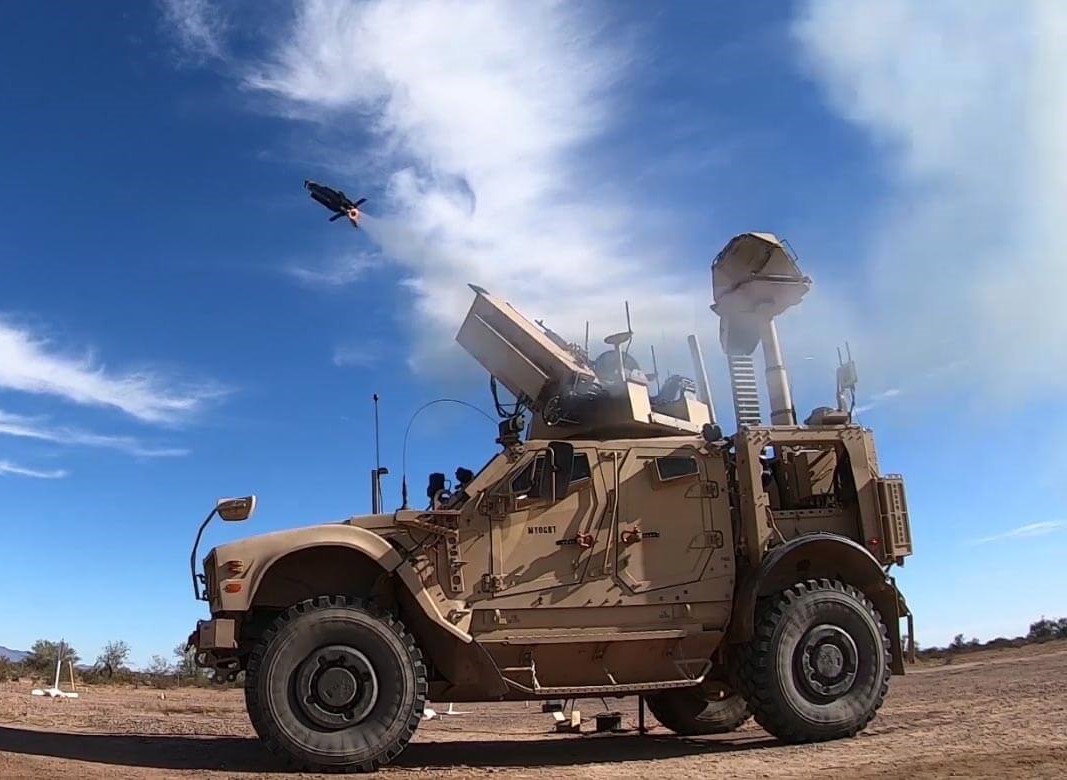 |
| Ninja | Fixed site EW and detection system | 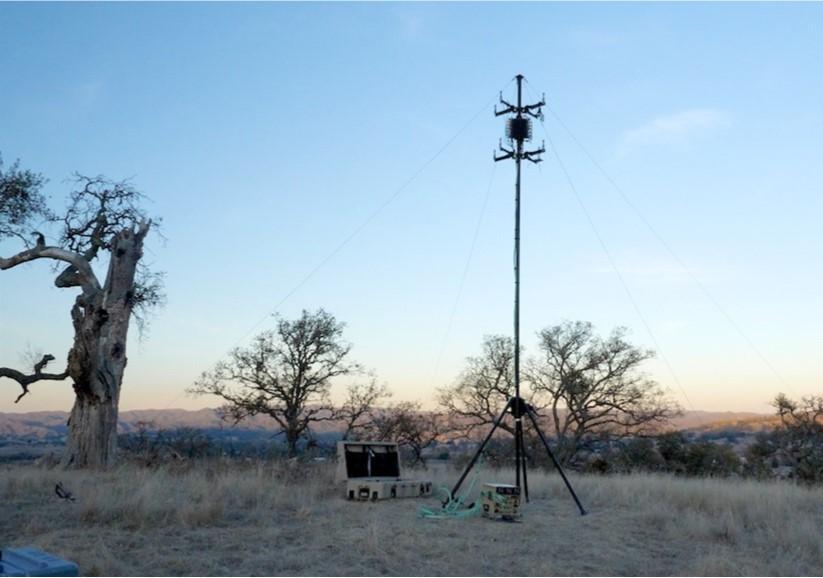 |
| Modi | Dismounted communications jammer | 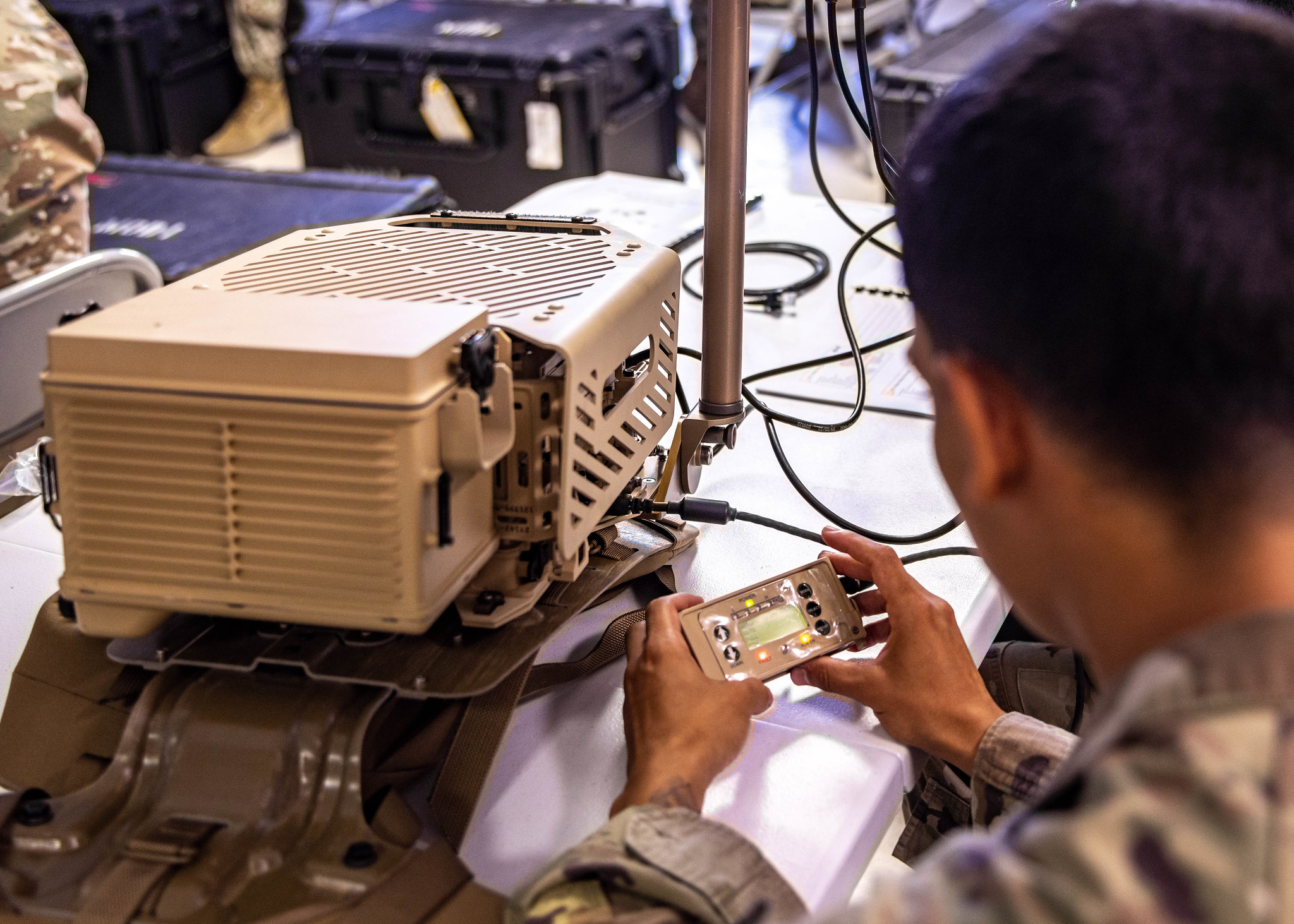 |
| FS-LIDS | Fixed EW anti-drone system | 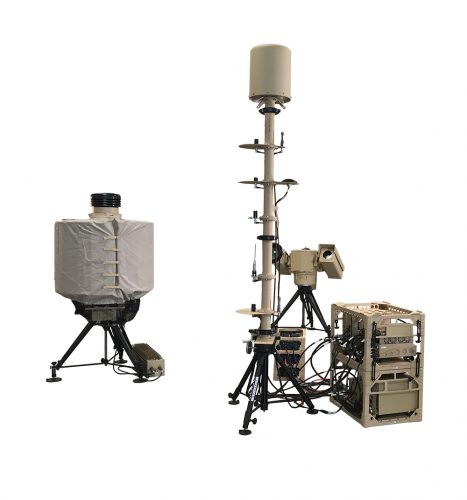 |
| L-Madis | Vehicle-mounted EW anti-drone system | 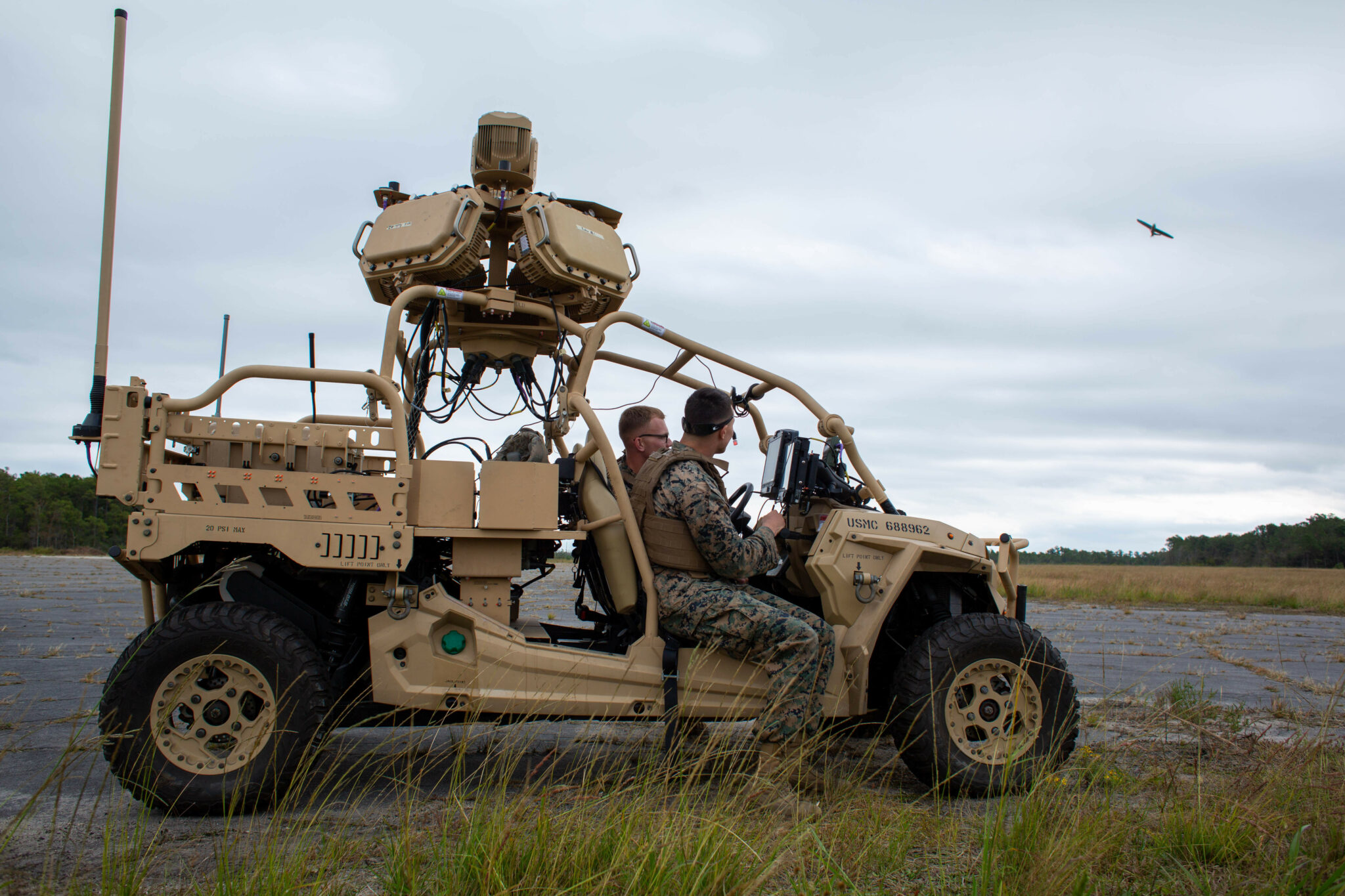 |
| FAAD C2 | C2 system used for countering indirect fire and UAS attacks |  |
| MEDUSA C2 | C2 software used for the Ninja system | 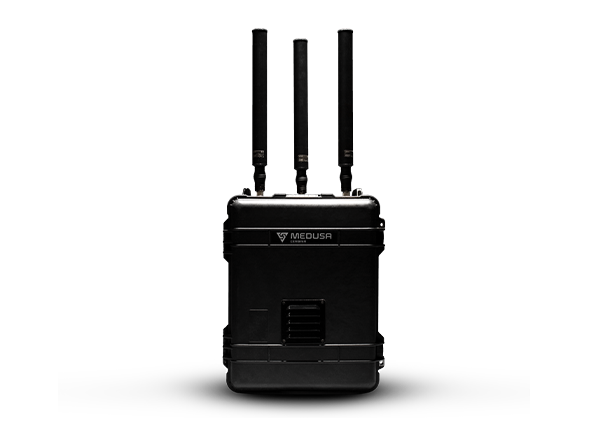 |
| ADSI | Tactical C2 system used with the L-Madis | 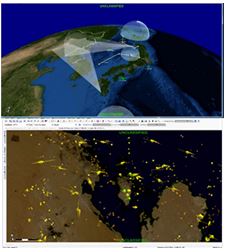 |
| Corian | Passive/active sensor system for detecting UAS |  |
| Skyview | Long-range UAS detection and tracking system | 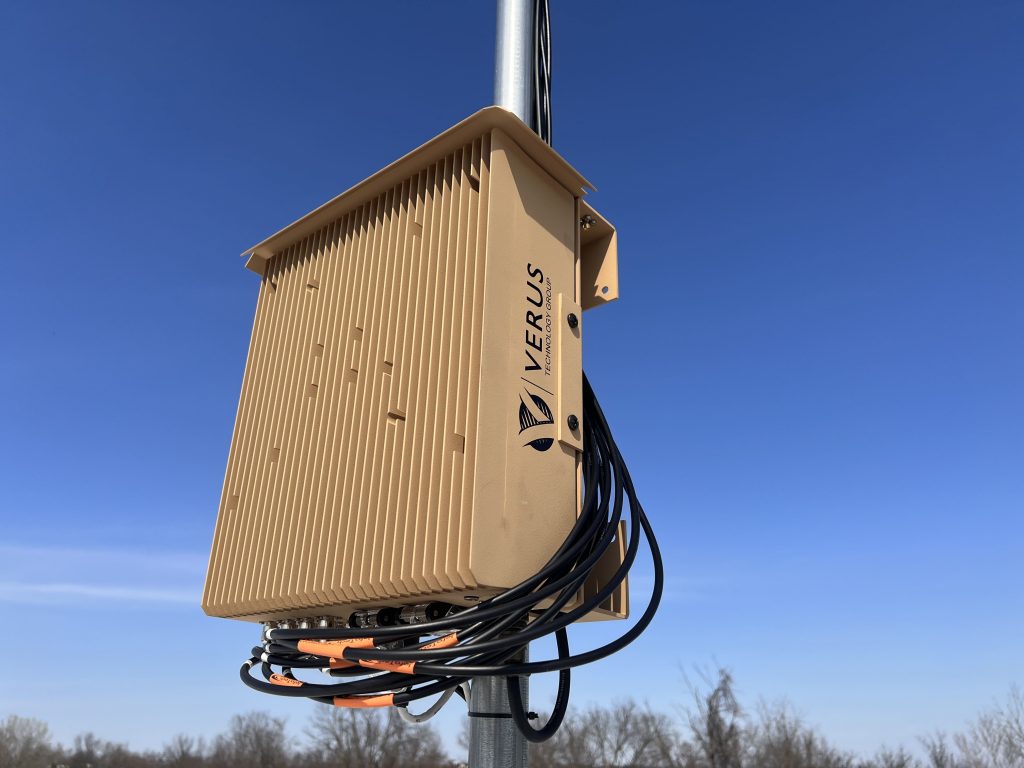 |
| Windtalker | Passive UAS detection system | 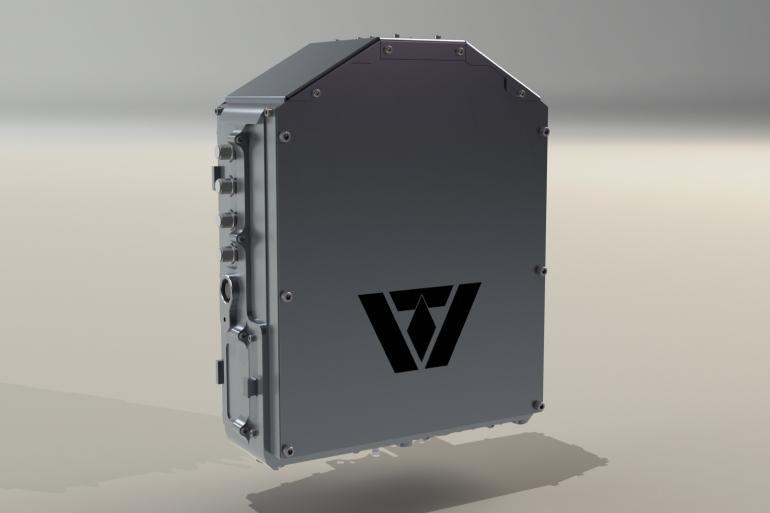 |
| Bal Chatri | Individually carried UAS detection and alert device | 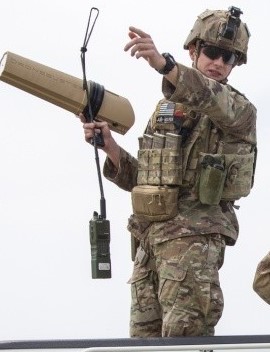 |

